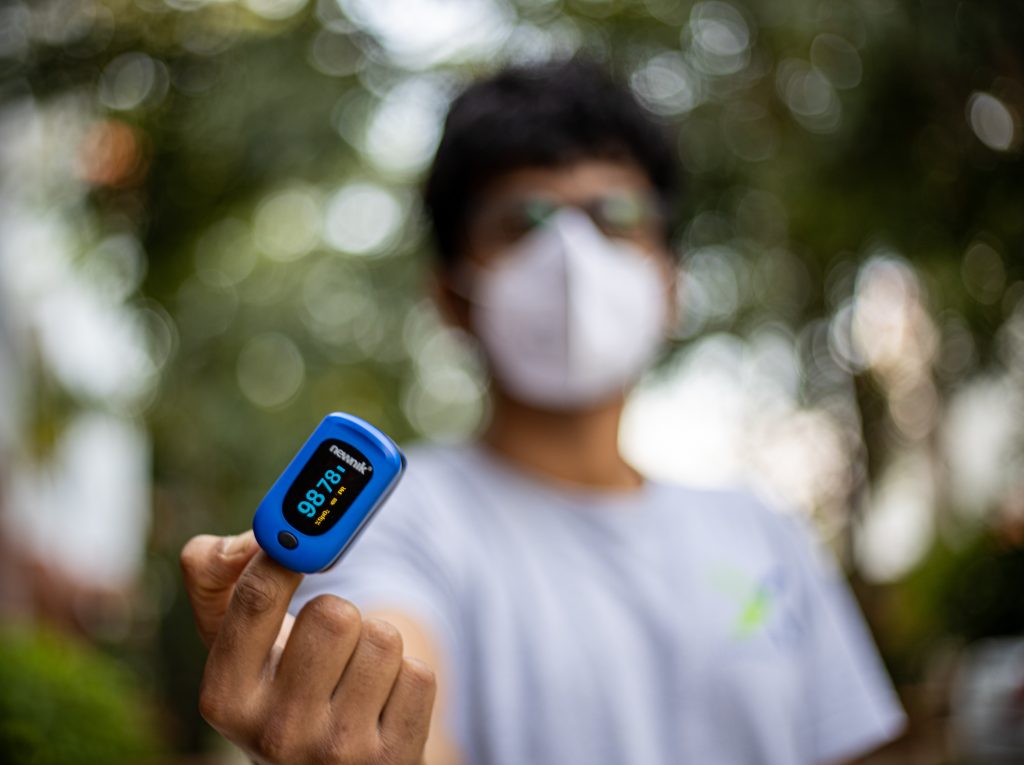Just like all the industries that got badly hit due to the pandemic, the tourism industry is also slowly but steadily trying to bounce back to its former glory. Anyone in the industry will acknowledge the fact that it’s not been easy, but travel bugs are paving better days for tourism.
There’s also an abundance of caution taken to ensure that tourists feel safe enough to travel, and this is winning the trust of travelers. Hygiene plus safety has increasingly become the number one priority for travelers and protocols are accordingly being moulded to facilitate that. But for the industry to truly come back with a bang, it could use some help from the government. Here’s a look at some government initiatives to revive tourism in India in a post-pandemic world.
How Much Of A Hit Has The Tourism Industry Taken?
You’re probably curious about how serious the blow that struck the tourism industry was. One thing’s certain – the sector has definitely seen a massive shift in the number of tourists, and that in turn has affected the livelihood of millions. Before Covid times, the Indian tourism industry was the reason for 87.5 million jobs, and the sector provided 12.75% of the nation’s total employment. And in terms of contribution to the country’s GDP, the tourism sector chipped in a staggering sum of 247 billion US dollars in 2018.
In 2019, this number dropped to $194 billion dollars, roughly 6.8% and drastically lower than the numbers from 2018. In 2020, things took a slightly positive turn as the industry, on its way to recovery, contributed 121 billion US dollars to the Indian economy. This growth is expected to reach 512 billion dollars in 2028!
As you can see, the recovery is slow but steady. To give you more perspective, here’s how the government is playing a part in helping the tourism sector, which in turn lends a hand to the hospitality industry as well.

The Ministry Of Tourism’s CPR To Tourism In India
Providing Guidance To Resume Business
Learning to adapt alongside the pandemic, the Ministry of Tourism set guidelines in terms of safety and hygiene so that hotels could begin opening their doors to tourists. By forming a standard which hotels have to meet, the ministry set some order to chaos.
The guidelines mainly ensured that all accommodation options welcoming guests are maintaining safety and hygiene standards. These involve a range of practices, from limiting occupancy to thorough sanitization. By formulating certain rules and regulations, the government has made way for hotels, hostels and homestays to begin operating in a manner that restricts the further transmission of the virus.
This was a small but essential first step that the government took in order for accommodation owners to open their doors to tourists. It also got the wheels turning for several businesses.
Promoting Domestic Tourism
As we can’t expect a hike in international travelers until flights become less of a hassle, the Ministry of Tourism is shifting it’s target to promoting domestic tourism. To do so, they’ve launched a campaign called Dekho Apna Desh (See Your Country) in order to motivate travelers to explore their own country first. The campaign encourages Indians to appreciate the beauty of the country by visiting the following tourist spots by the end of 2022 –
- Kaziranga National Park
- Mahabodhi Temple
- Kumarakom
- Mahabalipuram
- Hampi
- Humayun’s Tomb
- Amer Fort
- Colva
- Somnath Temple
- Taj Mahal and Fatehpur Sikri
- Ajanta Ellora
- Red Fort and Qutub Minar
- Dholavira
- Khajuraho
- Konark Sun Temple
If you make it and finish visiting all these 15 spots, you stand the chance of winning a prize from the Ministry of Tourism. This campaign has the potential to make Indians realise the true unexplored beauty of our nation, thereby helping revive tourism and the hospitality industry.
There has been a positive reception to the campaign and nearly 2,13,445 citizens have already participated in it. Out of this mighty number, 75.5% of the participants fall in the age group of 20 – 45 years. Whether it’s the prize at the end or simply revenge tourism post a pandemic, it shows that the craze to travel is still very much alive, especially among the younger crowd. This initiative can certainly make a huge difference to the livelihood of several businesses tied to the industry by Indians itself.
Statewise Initiatives To Revive Tourism
States are also chalking out new plans to attract more and more tourists to them. A notable mention are the initiatives taken by the state of Kerala to reassure travelers that it’s top tourist destinations are safe again. In that light, the state is now proud to boast of Vythiri in Wayanad, the first tourist destination to be fully-vaccinated from Covid-19 in Kerala. The state’s government aims to vaccinate all tourist destinations to reduce the risk of the virus for visitors.

The state of Maharashtra is also not too far behind and has taken the approach to revamp and improve the overall quality of tourist attractions in the state. The MTDC website has got a makeover, and a new remarkable feat is that you can now take a train all the way to Kashmir, a Paradise on Earth, from the city of Mumbai.
Sikkim is also another upcoming tourist hotspot in the east of the country that is easing COVID restrictions to try to restore travelers’ confidence in visiting the state. The initiative taken is that tourists who have taken both shots of the vaccine can now enter the state without having to show a negative RT-PCR report. By the looks of it, each state is in a race to open doors to tourists and save businesses that have been in survival mode.
Showcasing The Potential In Less Explored States
The pandemic has made travelers uncomfortable with stepping into places that are filled with crowds. This is the new normal, and a way of travel that is seeping its way into the travel industry. Keeping in mind that people will want to explore less touristy and less crowded places, the Ministry of Tourism has now updated the Swadesh Darshan project., making it join the ranks with other government initiatives to revive tourism in India.
This project was created years ago in 2014-2015, with an aim of creating tourist circuits to promote tourism in each state. In 2020-2021, the same project has now launched tourist circuits that showcase the gems of the Northeast.
The government has allotted roughly Rs. 1,200 crore towards the development of tourist circuits for 8 states in the Northeast. This project aims to revive the livelihood of people dependent on tourism in states like Arunachal Pradesh, Assam, Manipur, Meghalaya, Mizoram, Nagaland, Sikkim and Tripura. This proves that the limelight is no longer only on states like Madhya Pradesh, Rajasthan and Kerala; there’s also a new focus on casting the spotlight on unexplored tourist destinations. This will also help reduce the footfall in popular locations.
At goSTOPS itself we’ve been witness to the dip and rise of tourism numbers, particularly in offbeat locations. For instance, our Palampur and Naggar locations have logged an occupancy rate of 27% and 16% respectively. This has been the case from January to July 2021, proving that tourism is picking up, especially for offbeat and less explored locations.
The New Outlook
Each state has been doing its own bit to convince tourists into feeling safe to travel again. Hostels and hotels are open to adaptation, jumping on trends like workations, or embracing experiential travel because that’s what the new traveler wants. States like Maharashtra are planning to introduce a new policy going by the name of ‘vacation home rental’, catering to the demand for long-term stays in cozy spaces away from home. Government initiatives to revive tourism in India are clearly in full swing.
To revive the tourism sector, there’s a clear focus on improving domestic tourism to cushion the blow that the pandemic has brought upon the industry. Domestic tourism also protects jobs and businesses that depend on tourism for a livelihood, benefitting us and our peers as well! Overall, we can only hope that the industries in India recover post the pandemic with further campaigns the government has in place.


